
Misamis Occidental, officially the Province of Misamis Occidental, is a province located in the region of Northern Mindanao in the Philippines. Its capital is the city of Oroquieta. The province borders Zamboanga del Norte and Zamboanga del Sur to the west and is separated from Lanao del Norte by Panguil Bay to the south and Iligan Bay to the east. The province of Misamis was originally inhabited by Subanens who were an easy target by the sea pirates from Lanao.

Aloran, officially the Municipality of Aloran, is a 4th class municipality in the province of Misamis Occidental, Philippines. According to the 2020 census, it has a population of 27,934 people.

Baliangao, officially the Municipality of Baliangao, is a 5th class municipality in the province of Misamis Occidental, Philippines. According to the 2020 census, it has a population of 18,433 people.
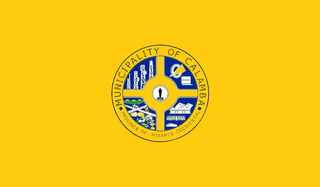
Calamba, officially the Municipality of Calamba, is a 4th class municipality in the province of Misamis Occidental, Philippines. According to the 2020 census, it has a population of 23,227 people.

Clarin, officially the Municipality of Clarin, is a 4th class municipality in the province of Misamis Occidental, Philippines. According to the 2020 census, it has a population of 39,356 people. Source: "clarinmisocc.gov.ph"

Concepcion, officially the Municipality of Concepcion, is a 6th class municipality in the province of Misamis Occidental, Philippines. According to the 2020 census, it has a population of 9,324 people, making it the least populated municipality in the province.
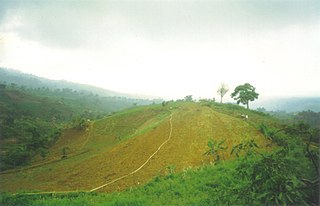
Don Victoriano Chiongbian, officially the Municipality of Don Victoriano Chiongbian, shortened to just Don Victoriano, is a 4th class municipality in the province of Misamis Occidental, Philippines. According to the 2020 census, it has a population of 9,664 people.

Jimenez, officially the Municipality of Jimenez, is a 3rd class municipality in the province of Misamis Occidental, Philippines. According to the 2020 census, it has a population of 28,909 people.

Lopez Jaena, officially the Municipality of Lopez Jaena, is a 4th class municipality in the province of Misamis Occidental, Philippines and a suburb of neighboring Oroquieta City. According to the 2020 census, it has a population of 25,507 people.

Oroquieta,(formerly/originally known as Layawan), officially the City of Oroquieta, is a 4th class component city and capital of the province of Misamis Occidental, Philippines. According to the 2020 census, it has a population of 72,301 people.
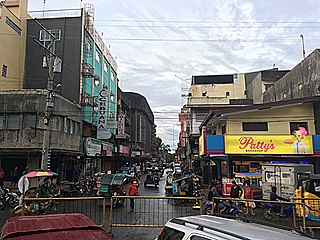
Ozamiz, officially the City of Ozamiz, is a 3rd class component city in the province of Misamis Occidental, Philippines. According to the 2020 census, it has a population of 140,334 people.

Panaon, officially the Municipality of Panaon, is a 5th class municipality in the province of Misamis Occidental, Philippines. According to the 2020 census, it has a population of 10,797 people.

Plaridel, officially the Municipality of Plaridel, is a 3rd class municipality in the province of Misamis Occidental, Philippines. According to the 2020 census, it has a population of 39,840 people.

Sapang Dalaga, officially the Municipality of Sapang Dalaga, is a 4th class municipality in the province of Misamis Occidental, Philippines. According to the 2020 census, it has a population of 20,490 people.

Sinacaban, officially the Municipality of Sinacaban, is a 5th class municipality in the province of Misamis Occidental, Philippines. According to the 2020 census, it has a population of 19,671 people.

Tangub, officially the City of Tangub, is a 4th class component city in the province of Misamis Occidental, Philippines. According to the 2020 census, it has a population of 68,389 people.
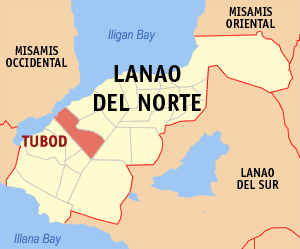
Tubod, officially the Municipality of Tubod,, is a 1st class municipality and capital of the province of Lanao del Norte, Philippines. According to the 2020 census, it has a population of 60,182 people.
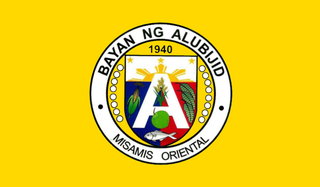
Alubijid, officially the Municipality of Alubijid, is a 4th class municipality in the province of Misamis Oriental, Philippines. According to the 2020 census, it has a population of 32,163 people.

El Salvador, officially the City of El Salvador, is a 6th class component city in the province of Misamis Oriental, Philippines. According to the 2020 census, it has a population of 58,771 people.

José Ozámiz y Fortich was a Spanish Filipino lawyer and politician from Misamis Occidental.





















